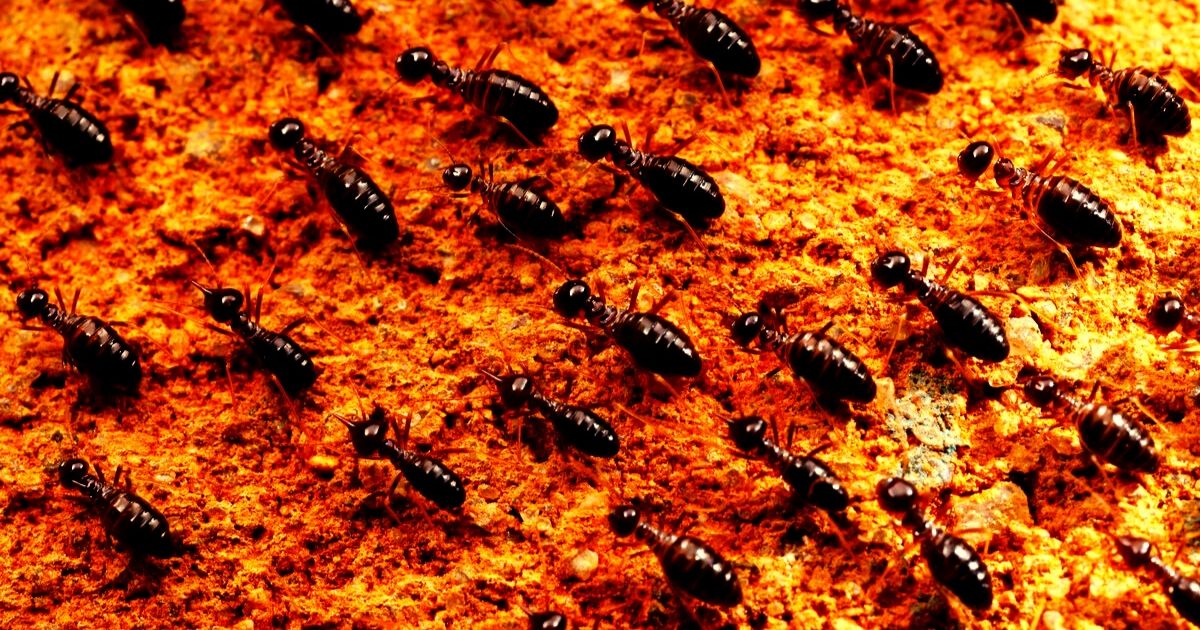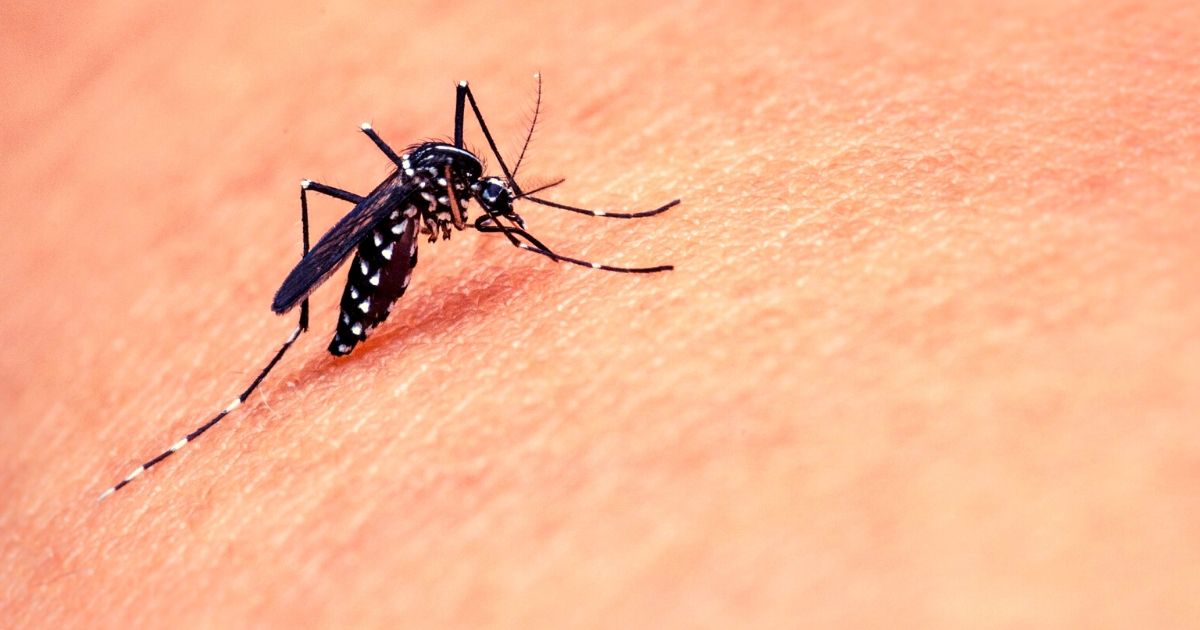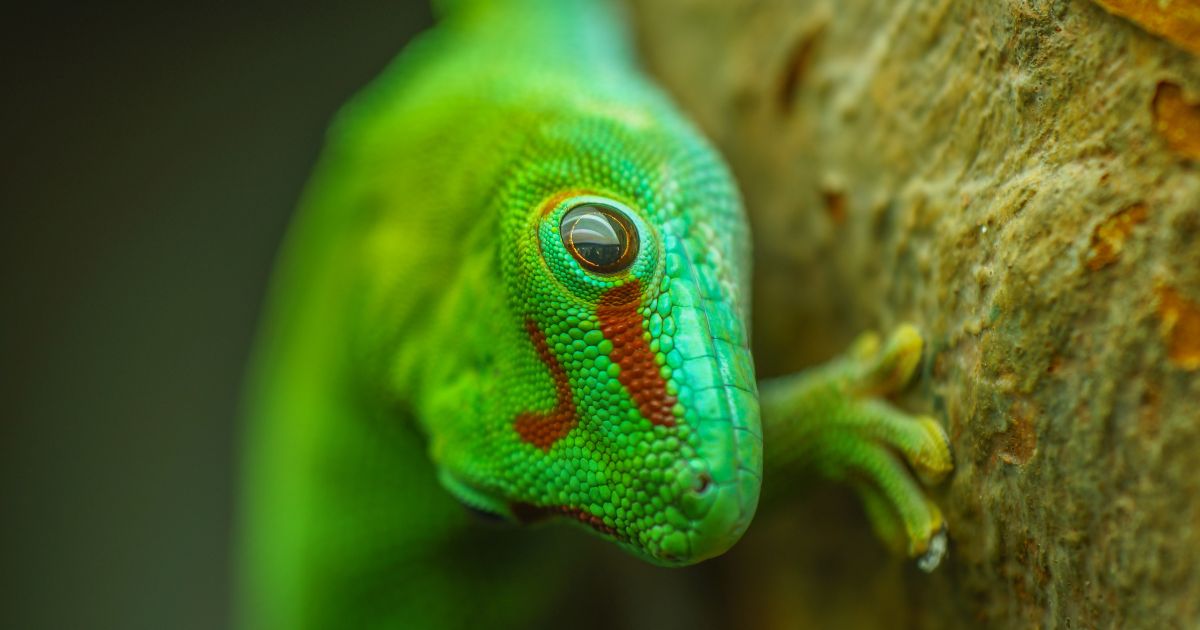Webinar Series: Innovative Pest Control in Singapore

As part of our effort to educate our customers and the public about pests and the latest technology advancements in the pest management industries, we are proud to present our first three-part webinar series. In this article, we summarise the three webinars held in 2020. The first three Killem Webinars were specially designed for facility managers while remaining relevant to the general public.
Dengue, Disinfection and Distancing
The topic of the first webinar was “Dengue, Disinfection and Distancing”. In this webinar, we discussed the rising number of dengue cases in Singapore amidst the Coronavirus pandemic.
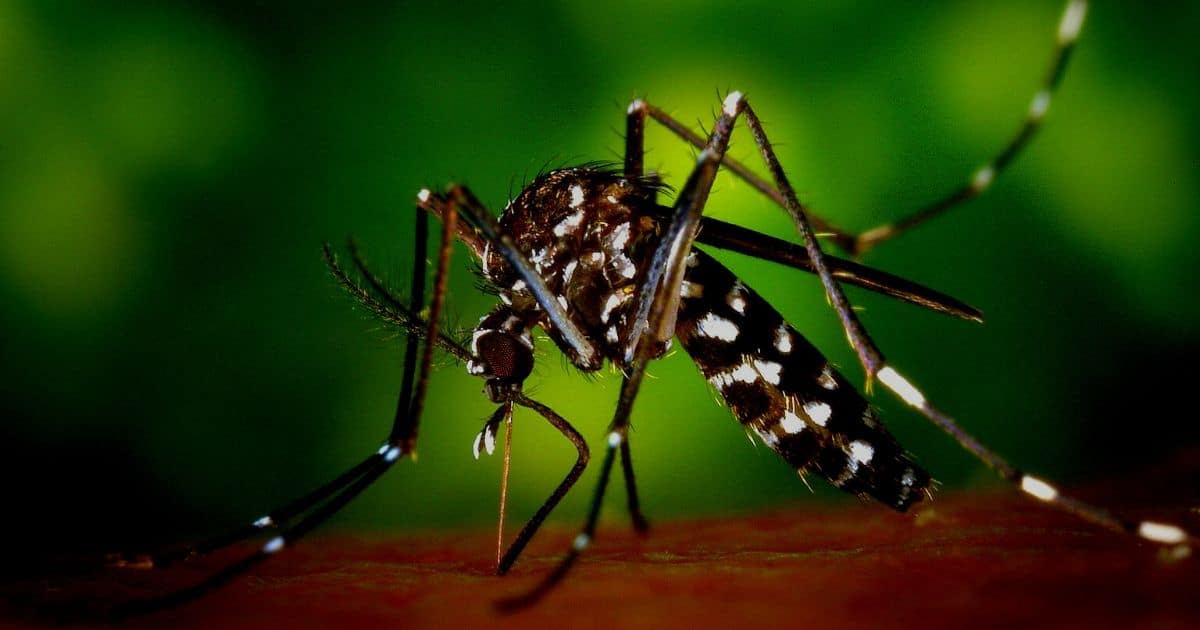
Topics include:
- The reasons behind the rise of dengue cases
- Ways to control the mosquito population
- The new norm (disinfection) that everyone is adapting now due to the pandemic
- Different types of disinfection methods
- The most critical areas to focus on during disinfection
- Things to consider when taking up a disinfection service
Q & A Session
Why is fogging still being carried out while misting treatment has a more prolonged residual activity?
Although misting is effective in areas around landscapes and plants, thermal fogging is still an effective method to kill mosquitoes present during the treatment. Thermal fogging is also used to comb a space to get rid of mosquitoes.
Can fogging be done around swimming pools?
The answer is no because the carrier of the insecticide used is usually kerosene or diesel. They cause the surface of the treated area to be oily and slippery. Therefore, carrying out thermal fogging near swimming pools may cause people to slip and fall. On the other hand, misting can be done near swimming pools since the carrier used is water and will not make the floor slippery.
Besides fogging and misting, mosquito treatment around swimming pools can be done by carrying out “Search & Destroy.” This method involves looking out for mosquito breeding sites and destroying them. Proper housekeeping around the swimming pool is also essential to eliminate harborage sites of mosquitoes.
How safe are the mosquito treatment methods?
The insecticides that we use are specifically formulated to affect designated pests. They are target-specific and will not affect other organisms like humans and animals. Proper personal protective equipment (PPE) needs to be used by Pest Management Professionals to prevent overexposure to chemicals. The small amount of chemicals that we breathe in during fogging treatment is not harmful to the general public.
What about the safety of sand granules used in mosquito control?
The sand granules are slow-releasing insecticides that can prevent mosquito breeding in locations with ponding water. They can also be placed at locations that may collect water to prevent mosquito breeding. Compared to larviciding using residual chemicals, sand granules’ action may be slower, but it can provide a longer-lasting effect.
What can be done to prevent mosquito breeding at public bin stations and bin centres?
Proper cleaning practices at these locations are important to prevent mosquito breeding. Gutters must be flushed daily to prevent the collection of water. Any uneven surfaces should be fixed so that water cannot build up. Another piece of advice from our operations director was to drill holes at the bottom of the rubbish bins so that water can escape from the bins to prevent water collection.
What are the effects of disinfectants on humans?
Inhaling small amounts of disinfectants will not have a significant effect on human health. However, we recommend avoiding overexposure to the disinfectants as much as possible. Thus, we need to ensure all safety precautions are in place and ensure no one is on-site during treatment. A treated area needs to be ventilated for one hour after disinfection is carried to allow the disinfectant particles to escape.
Is it true that certain disinfectants can last up to months or even years?
It may be true that a disinfectant can stay effective for a promised timespan. However, other factors may cause it to lose its effectiveness. For example, when people frequently touch a surface, the disinfectant on it may be wiped off. Besides, other pollutants such as dust and dirt may also contaminate the surface.
Want to find out more about mosquito control in Singapore?
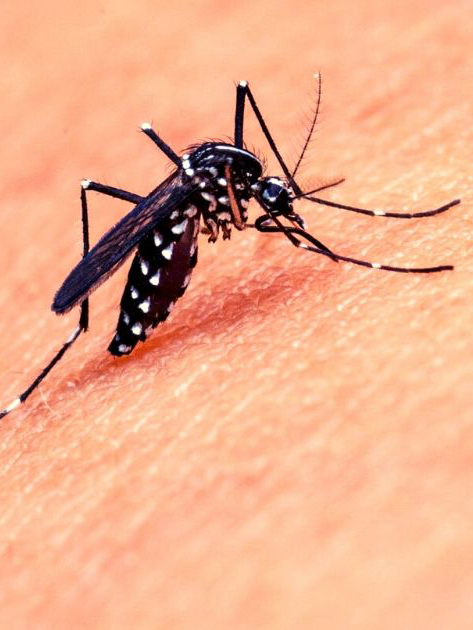
Cockroaches and Termites
In the second webinar, we discussed cockroaches and termites. These two insects are commonly encountered in our lives.
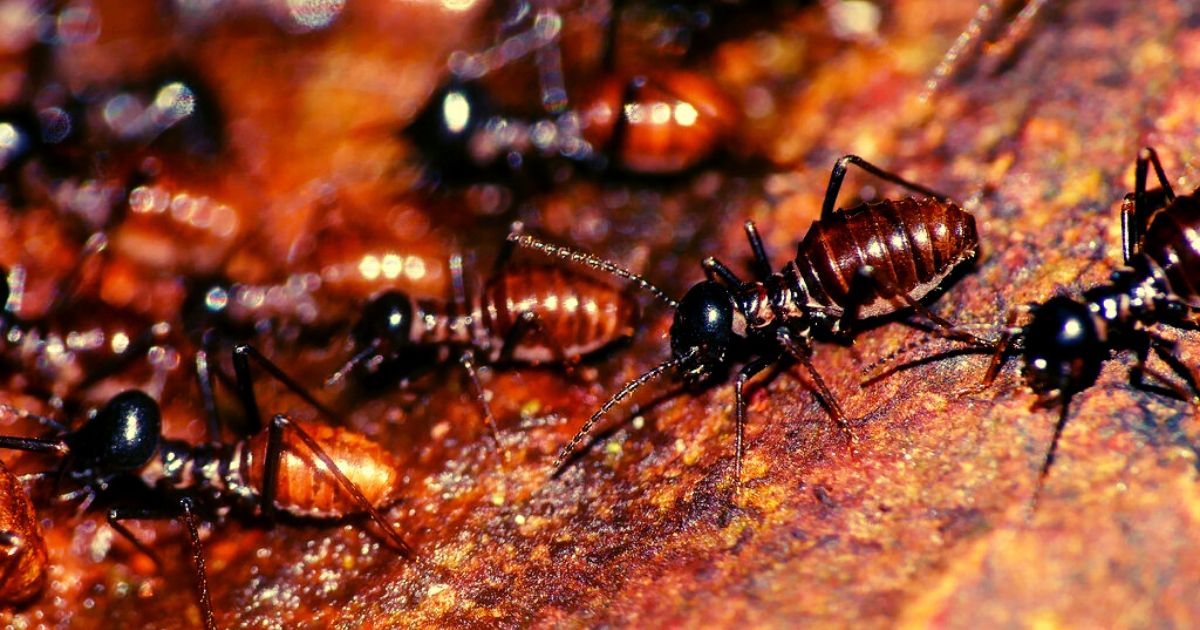
Topics include:
- Biology
- Prevention tips
- Technologies and treatments for the pests
Q & A Session
What is the hatching time of cockroaches’ ootheca?
The time needed for the ootheca to hatch differs between species. However, the typical household species take approximately 20 to 30 days to hatch into young cockroaches.
What is a suitable cockroach treatment method for a pneumatic waste collection system in high-rise buildings?
One of the latest treatment methods for cockroaches is using a product called Mirakn. Mirakn is applied using a dry spraying treatment. It consists of only the active ingredient and carbon dioxide as its carrier, making it an environmentally friendly insecticide that is stainless, odourless and non-combustible.
The carrier gas allows the insecticide to have excellent penetration. In addition, it can reach narrow gaps that are inaccessible via other treatment methods. Mirakn is safe for humans and pets, but the treated area should be left vacant to minimise exposure to chemicals.
Pro Tip: Methods used by professional pest control companies offer long-lasting protection against cockroaches.
All our Pest Management Professionals have undergone specialised training before they could become certified applicators of Mirakn. The frequency of Mirakn treatments at bin chutes can be affected by several factors. Depending on the infestation level and sanitation level, premises may need more frequent treatments to keep the cockroach population under control.
How to differentiate between subterranean termite and drywood termite infestations?
The signs given off by the infestations of these two groups of termites are different.
For subterranean termite infestations, the most distinguishable sign is the presence of mud tubes or soil-like materials in the infested area. The mud tubes are passageways constructed by subterranean termites to travel from one point to another. The most common sign of infestations by drywood termites is the presence of faecal pellets that resemble sawdust around the infested items or structures. The exit holes where the faecal pellets are pushed out of the infested wood can also be seen on the surface.
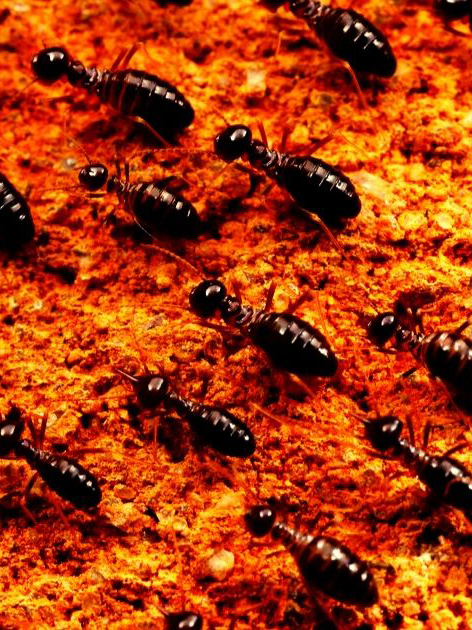
What are the effects of termiticides on plants and the surroundings?
The termiticides that Killem uses are Green Label certified. This guarantees that they are environmentally friendly. Besides, we strictly follow the termiticide’s recommended dosage to prevent harm and pollution to the environment.
What are the potential risks of the baiting treatment program for pets?
The active ingredient of the baits used for subterranean termite treatments targets the moulting process of termites. Animals with endoskeletons, such as dogs and cats, do not undergo a moulting process. Thus, pets are not affected by the baits.
How many bait stations need to be deployed in a heavily infested unit?
Subterranean termites live underground. Mud tubes are used for foraging. Therefore, although many mud tubes are found in a unit, they may belong to the same colony. Just one bait station is needed to control the termites in this unit. The termites will feed on the bait and bring the bait back to the nest. In turn, the bait is shared among the colony members.
Rodents: The Year of the Rat
In the third and last webinar, we focused on rodents. In this webinar titled “Rodents: The Year of The Rat’, we were honoured to have Dr How Yee Fatt as one of the speakers. Dr How is one of the leading entomologists in Singapore who is also the Business Support Manager (Technical R&D) of Bentz Jaz Singapore.

During the webinar, we discussed the biology and signs of rodent infestations. The speakers also shared several innovative prevention and management solutions. Killem Pest offers a special rodent monitoring and control system known as IPM square.
Q & A Session
What are the advantages of choosing IPM Square systems over other rodent monitoring systems?
There are many rodent monitoring systems in the market. The IPM Square Rat differs from the others as it incorporates snap traps with the use of sensors. While the system is detecting rodent activities, it simultaneously traps rodents and protects your house from infestations.
The IPM Square Rat is the camera used in rodent monitoring. It is highly intelligent and is able to recognise rodents using technology similar to facial recognition for humans. This technology enables accurate monitoring of rodent activities.
How do the monitoring systems work when there is a breakdown in the power supply or Wi-Fi networks?
The monitoring sensors and cameras are battery operated. Thus, they can function without a power supply. The outage of the Wi-Fi system may disrupt the monitoring systems since the data is continually being uploaded to the cloud servers.
However, the monitoring cameras have memory cards in them. Thus, they are still able to record the footage and store them in the local device storage. Users can also still review the footage by retrieving the local memory card and going back to a timeframe in the past.
How often should the rodent flush-out program be carried out?
The rodent flush-out program is an intensive program to manage rodent infestations. Depending on the infestation level, we have clients that require rodent flush-out programs with frequencies ranging from twice a year to monthly. Premises with heavy rodent infestations require more frequent rodent flush-out program applications. Routine maintenance can also help keep rodent populations under control.
Are glue boards safe for use in childcare centres?
Proper treatment methods are the key to ensuring treatment is safe. Glue boards should be strategically placed. Examples include the false ceiling or inside tamper-resistant bait stations (only accessible to Pest Management Professionals). The glue board method is applied to:
- Ensure the effectiveness of the control program
- Minimise the impact on the residents
Besides cages, are there any other rodent prevention methods for the garden or other outdoor spaces?
The tamper-resistant rodent bait station is a useful tool for rodent control. Rodenticides or traps are placed inside the station. Then, the station is placed in the garden. The bait stations prevent other animals, such as cats and dogs, from consuming the bait or activating the traps. Fallen leaves can serve as a home for rodents. Thus, keeping your garden and outdoor area clean and tidy is also important.
What is the rodent sealant?
During the webinar, we introduced a rodent sealant. This sealant can remain on the treated surface as long as there is no external disturbance. However, the sealant should be replenished or reapplied if it is disturbed by rodents or even humans. The sealant has a mild smell that repels rodents and is not detectable by humans during daily activities. The sealant has a shelf life of approximately five years. To maximise its shelf, proper closure and storage is recommended.
Is it possible to have more than one rodent species infesting a house?
Yes, it is possible. However, the rodents will nest at different locations. Roof rats and Norwegian rats are commonly found in Singapore. Roof rats (as their name implies) spend their time at higher elevations such as attics and false ceilings. Norwegian rats form burrows on the ground, or they nest in the sewers. The two species will not have the same nesting site as they are territorial.
What is the difference between shrews and rodents?
Shrews are animals that resemble rodents. Unlike rodents, shrews will not chew on wires or other items as they have different body structures. Shrews feed mainly on insects and other small animals such as birds, snakes and even rodents. Shrews are less likely to carry diseases because their behaviours are different from rodents. Rodents feed on a wide range of food, including rubbish and waste. They are commonly found in areas with poor sanitation such as the sewer and waste collection sites, which increases their chances of contracting various pathogens.

Pest Problem? Let Us Help.
We offer fast and effective precision treatments to eliminate pests while ensuring a safe environment for your home or business.

